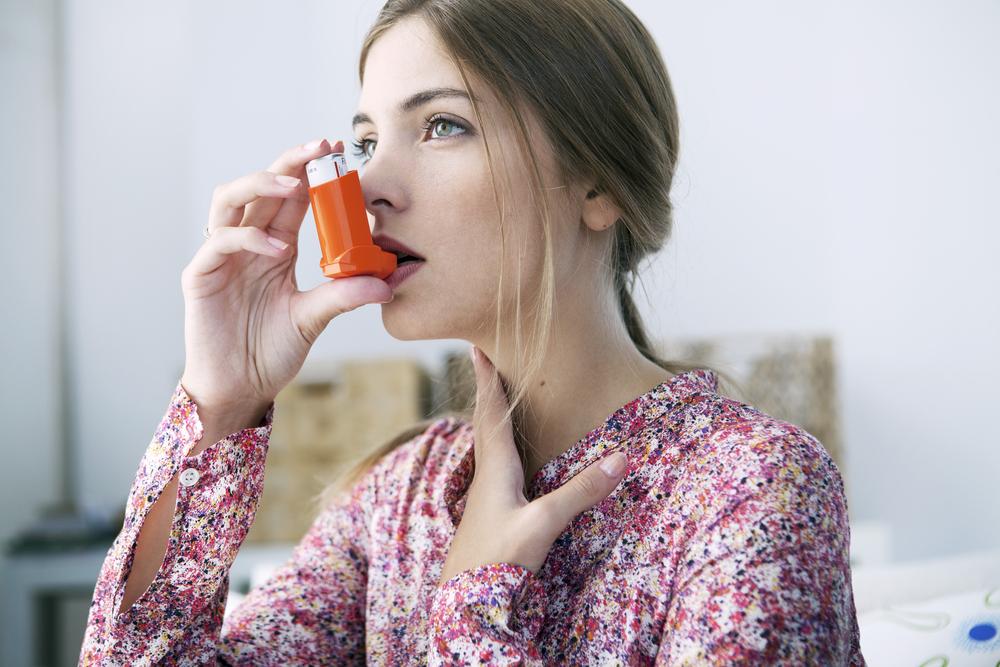
Effective Treatments for Chronic Obstructive Pulmonary Disease (COPD)
Approximately 16 million Americans suffer from chronic obstructive pulmonary disease, otherwise known as COPD. However, health experts believe that many individuals live with COPD without knowing they have a chronic health condition.
COPD is an overarching term used to describe several progressive lung diseases (i.e., emphysema, chronic bronchitis, and (non-reversible asthma) which cause symptoms that gradually impede airflow, leading to shortness of breath, and breathing troubles. Depending on a patient’s health history, as well as the root of their COPD diagnosis, and their COPD stage, this disease can be treated with several options:
Oxygen therapy
The major point of any COPD treatment is to make the patient more comfortable by significantly improving symptoms, which in turn lowers the risk of COPD complications (i.e., hospitalization). Oxygen therapy is one treatment that aims to introduce more oxygen to the body and blood stream, thereby decreasing shortness of breath and chances of lung infections.
Dietary changes
Diet is at the root of many chronic health conditions and COPD is no different. While dietary chances can’t totally cure COPD or banish symptoms completely. Making some healthy changes to your diet may help significantly improve several symptoms (i.e., balance out nutritional deficiencies, boost energy, and improve immunity to prevent lung infections). Many doctors also recommend that COPD patients take shorter, more frequent meals during the day to reduce shortness of breath.
Trigger avoidance
Doctors will also recommend that COPD patients pay close attention to their triggers, or what prompts their symptoms. For instance, many COPD patients respond negatively to lung irritants such as cleaning chemicals, second hand smoke or campfire smoke. If this is the case, doctors recommend avoiding these known symptom triggers to reduce painful symptoms.
Pulmonary rehabilitation
Many COPD patients get a medical recommendation for pulmonary rehabilitation. These programs aim to offer a multitude of multidisciplinary treatment options from health care providers (i.e., exercise programs, education, nutritional counselling, group and individual therapy, etc.) in order to reduce COPD symptoms, risk of hospitalizations, and make the patient more comfortable day to day.
Quit smoking
While not all patients with COPD are or were smokers, the U.S. National Institutes of Health estimate that approximately 90% of COPD cases are caused by smoking. The remaining 10% of COPD cases are contributed to prolonged exposure to dust, chemicals, and air pollutants. So if you smoke and are diagnosed with COPD, your doctor will most definitely tell you to quit smoking for good. In fact, smoking cessation is the first line of treatment to prevent COPD lung damage from progressing.


